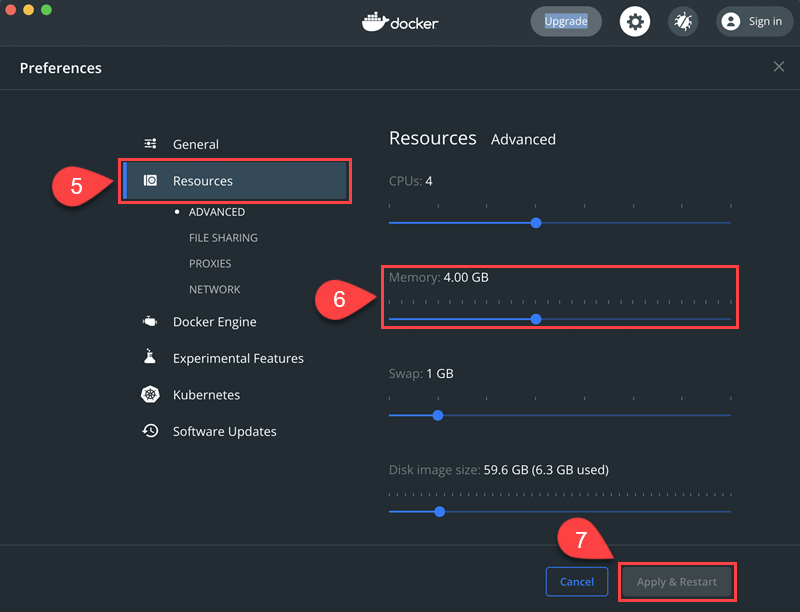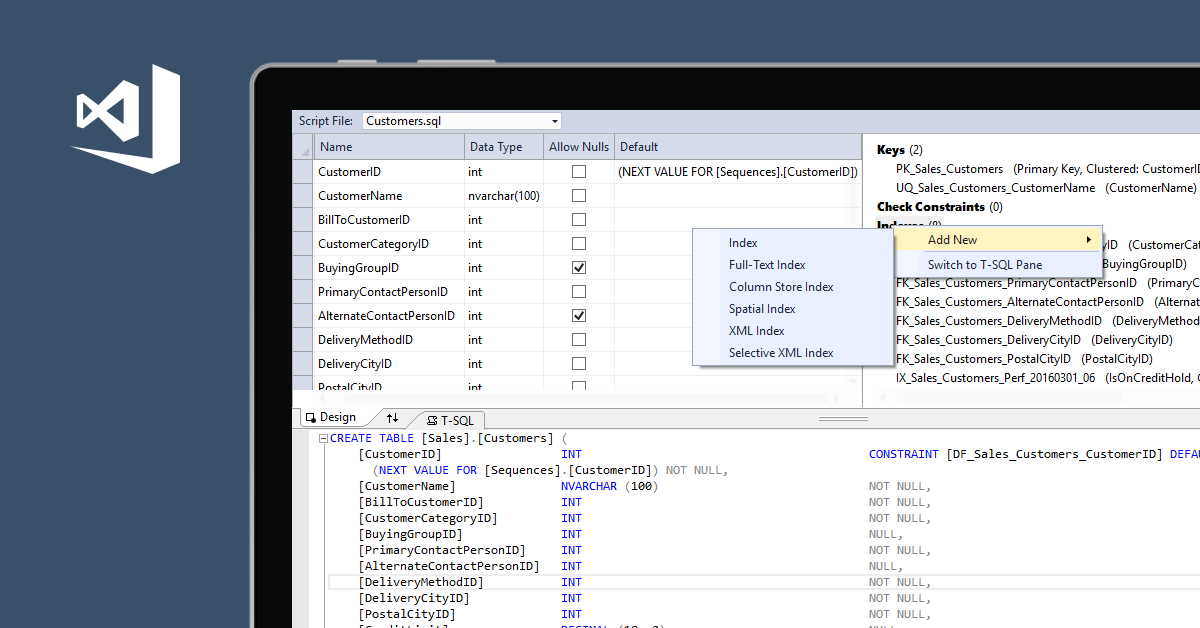


In the configuration summary window, click on “Test Data Source…”. The next screen you can also leave on defaults and click on Finish. Leave the next screen on defaults and continue.Īgain, leave the next screen on defaults and continue. In the “Server” field enter your SQL server’s hostname or IP. In the “Create a New Data Source to SQL Server” window, name the data source anything you want as we won’t be saving this connection – it’s just a connectivity test. Then click on the “System DSN” tab and click on “Add…”. To add a “System DSN” open the ODBC Data Source Administrator by running the following command "C:\Windows\System32\odbcad32.exe" (64-bit) or "C:\Windows\SysWOW64\odbcad32.exe" (32-bit). Create an ODBC System DSN to see if connection is successful.A successful connection will appear as a blank screen: If connection fails, troubleshoot your SQL server accordingly. To use telnet.exe to connect to the SQL server’s port 1433, open a command prompt and type "telnet.exe 1433".
Check for sql on mac install#
To install the native telnet client on Windows 7/8.1, run the command "OptionalFeatures.exe" and then place a checkmark next to “Telnet Client” and click on OK. This approach will require a telnet client. Telnet to the SQL server’s listening port on 1433.Here are some ways you can use to test remote SQL connectivity from your Primary SCCM server: While installing Configuration Manager 2012 R2, you may have a problem connecting to the remote SQL server.


 0 kommentar(er)
0 kommentar(er)
